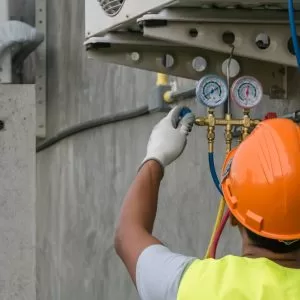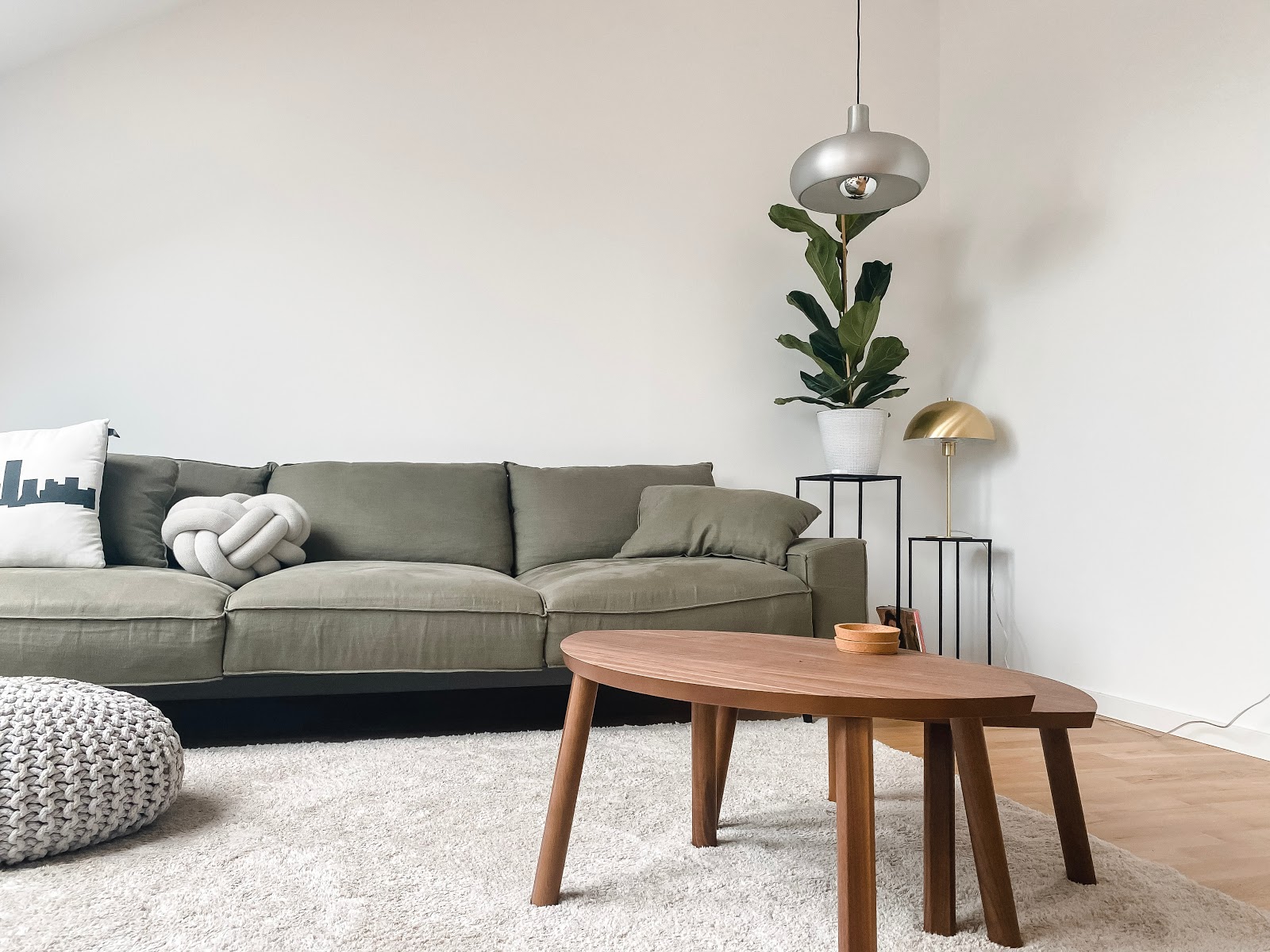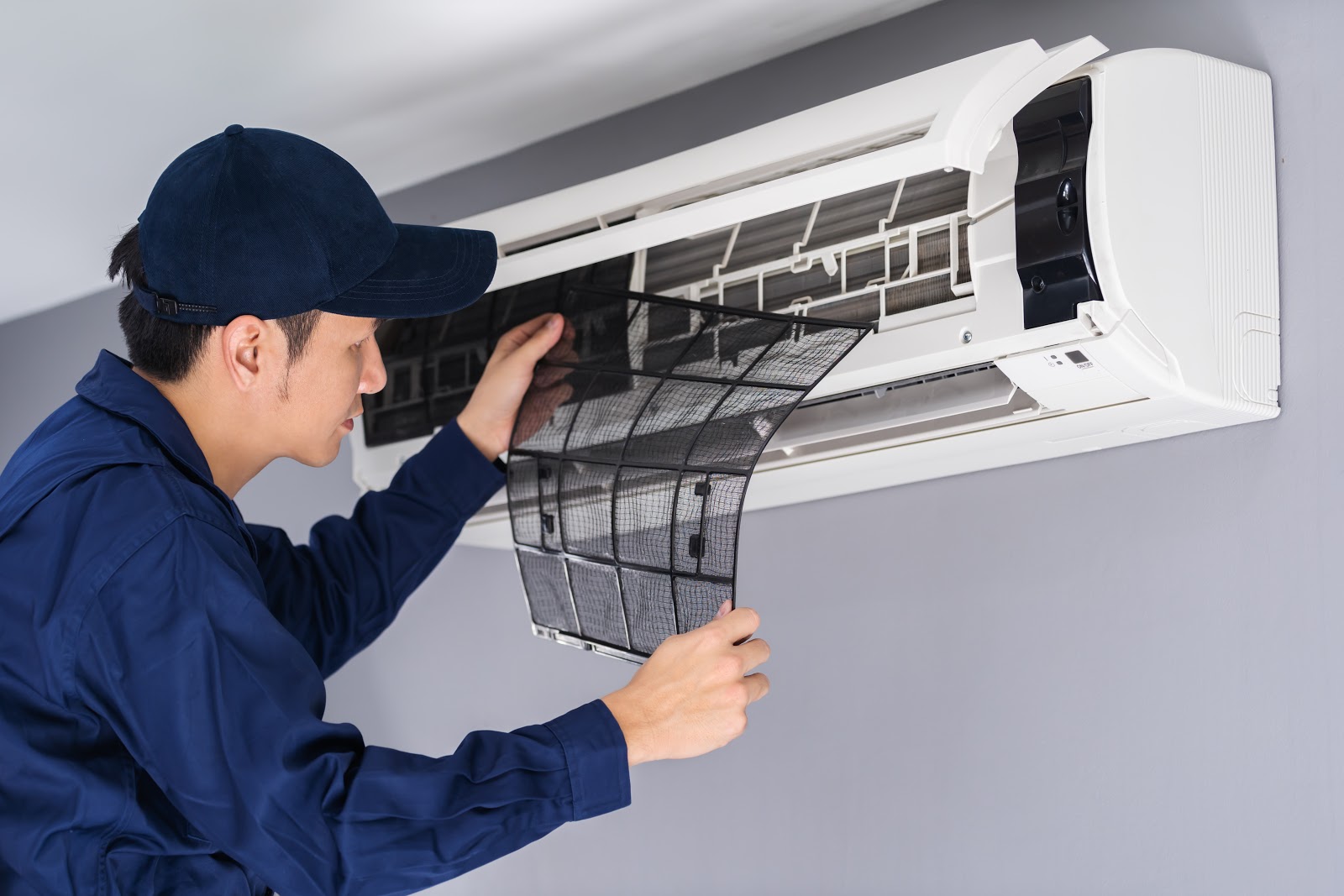
Humidity majorly impacts our health and comfort. Too much humidity and you’re sweating, flustered, and you’ve got mould problems. Too little and you’re dealing with respiratory issues and dry skin. Getting the right percentage is important – but this often isn’t possible in the outside world. Indoors, however, it’s a different story. There are some steps you can take to create the optimal humidity in your home. Modern appliances such as air conditioners, humidifiers, and dehumidifiers, in particular, are a great investment towards improving indoor air quality.
Find yourself living in discomfort on account of air humidity? Learn how to get the ideal humidity level and perfect your home’s air quality with our guide on managing humidity. Controlling humidity levels can make a critical difference to all areas of your life – from sleep, work, and your social life.
What is Humidity?
Humidity comes from water vapour in the air. Warmer air actually can hold more water vapour, which is why we feel humidity more in warmer climates and cold air often feels dryer. Here in Queensland, we’re well used to humidity as we’re a very tropical state. Our weather reports will therefore often include a measurement of the relative humidity (RH), which is a percentage calculation of how much moisture the air contains at its given temperature. It’s not as simple of a calculation as you may think – the pressure and saturation of the water vapour within a space per the prevailing temperature must be measured to find the RH. So, if a cubic metre of air at 20 degrees centigrade can hold 100ml of water, then the RH would be 100%. So, no, 100% humidity doesn’t mean you’re living underwater.
Humidity comes from water that has been evaporated off of surfaces and bodies of water – this, of course, occurs more at warmer temperatures. This is also why coastal communities are more affected by high humidity – exhibit A, Queenslanders. It is, therefore, more important that we know how to manage this condition. We all know the toll the heat and humidity take on our lives. While it’s fine for the weekend and a beach trip, we don’t want the humidity coming home with us – and we definitely don’t want to add to the humidity at home. Yes, this does happen – read on to find out how.
What Affects Indoor Humidity Levels?
Did you know that you can add to the humidity of your home through everyday tasks and activities? A lot of the time, it’s unavoidable. Through normal cooking and cleaning routines, you are releasing water vapours into the air, which can add humidity to your home’s climate if it’s warm enough.
Everyday activities such as steaming, boiling, dishwashing, showering, and washing clothes can release water into the air, increasing the humidity. Other ways humidity can be increased in the home include the following.
You Can Be Adding Humidity to Your Home by:
- Long, hot showers where bathrooms are not properly ventilated
- Roof leaks
- Leaking toilets, sinks, and pipes
- Through rainwater (near open windows)
- Steam from cooking that is not properly ventilated
- Clothes dryers that are used extensively
- Houseplants
- Lack of ventilation

Many homes will contain fans and air vents to draw stale, smelly or humid air out of the home. Where you’re working with water and perhaps adding humidity to the air, ensure you turn the ventilation on while performing these tasks.
What Happens When Humidity is Too High or Low?
According to the National Asthma Council Australia, healthy indoor relative humidity levels are between 30–50%. This is what is advised for maintaining the best health outcomes, especially for people living with respiratory conditions. If you’re someone that experiences asthma or a similar condition, it’s easy enough for your airways to become irritated and triggered, so it is critical to optimise your air quality indoors. Even for those without respiratory issues, it can be uncomfortable to breathe air that is too dry or humid. So, you may also want to consider our advice on maintaining ideal humidity levels in your home – mentioned further.
HIGH, Unhealthy Humidity Levels (>70%)
If humidity levels are at a constant high level at your home, you’re exposing your household to much-unwanted health and structural issues. This is what can happen if you have persistently high humidity.
Mould Growth
Fungi thrive in warm, moist places. Therefore, homes with high humidity levels throughout the year provide the ideal residence for these harmful spores. For those with known allergies and respiratory issues, mould can be dangerous. Studies have found that 21% of the 21.8 million cases of asthma annually are attributable to residential dampness and mould. Mould can also contribute to major structural problems in your home and can lead to the deterioration or collapse of walls and ceilings. Dampened wooden structures, regardless of being infested with mould, will become weakened due to frequent exposure to moisture.
Asthma, Allergies and Respiratory Illnesses
Further, regardless of mould, humidity can be a health hazard. Humidity levels at 50% or above contribute to the air feeling dense and damp – this is when those with asthma, allergies and other respiratory conditions will start to feel affected by the air as their airways can become irritated.
Dust Mites
Areas with high humidity provide excellent places for dust mites to live as they like moderate temperatures and high humidity, absorbing water from moisture in the air. Such microscopic creatures can worsen allergies and asthma – they can be especially irritating and contribute to skin conditions too. Other bugs that are drawn to humidity may also feast on the structure of your home.
Other Repercussions of High Humidity
- Musty smells throughout home
- Peeling wallpaper or bubbling paint
- Warped wooden floor or furniture
- Malfunctioning electronic equipment
- Condensation/foggy windows
- Water stains on walls/ceilings
- Shrunken windows and door frames
- Nose, throat and eye irritation
- Skin-rashes from blocked pores that cannot release sweat when hot/humid
- Fatigue

LOW, Unhealthy Humidity Levels (<25%)
Low humidity is harder to detect, however, still causes health and structural problems. Symptoms in your home and body are more obscure and generally less noticeable than when humidity is excessively high. This is because we notice when air is too humid, but rarely notice the absence of humidity. The following includes the most common signs of air that is too dry.
Dry Skin & Eczema
Dry air can draw out the moisture from your skin and cause a bunch of skin issues, from itching to irritation. People that have eczema or severely dry skin will notice they have flare-ups occurring more often during winter and during dry, cold days. Topical creams are most often used to help treat the skin barrier and prevent it from drying out.
Educational Performance
Measurable changes in the ability to concentrate or perform tasks can be caused by small changes in relative humidity levels. This works to both extremes – too high or low levels of humidity provide enough discomfort to affect concentration.
Influenza
Humidity can not only provide major discomfort to those who are sick from a cold or flu, but it can also prolong the lifespan and effects of a virus. There has been a significant link found between humidity and spread of influenza virus. This study found that in peak times of absolute humidity (e.g. in winter, when air is dry) transmission of flu increases.
Other Repercussions of Low Humidity
- Shrinking wood furniture, door and window frames.
- Hardwood floor separation and warping
- Peeling wallpaper
- Gaps between walls and ceilings
- Increased susceptibility to colds and respiratory illness
- Body chills
- Dry, itchy, or chapped skin, lips, and hair.
- Dry, scratchy throat and nose.
- Itchy, chapped skin
- Static electricity
- Dry eyes
- Bloody nose
- Worsened colds and flu
- Worsened asthma and allergy symptoms
How to Keep The Humidity in Your Home at an Optimal Level
To precisely measure your relative humidity indoors, use a hygrometer. This is an affordable instrument, sometimes incorporated with thermometers or clocks. This is the most important step in improving the condition of your indoor air quality, especially if you experience respiratory problems. This helps you gauge how to best tackle humidity that is too high or low – remember, the ideal humidity is between 30–50%.
To prevent unhealthy indoor humidity levels, one of the best things you can invest in is a modern air conditioning unit that can heat, cool and dry air. Modern air conditioners can help dehumidify the air while simultaneously lowering the temperature – this is what’s known as ‘dry mode’. Some other advice for maintaining the optimal humidity in your home includes the following.
- Cooling your home to its ideal temperature
- Using just dry mode when the air temperature is ideal
- Using your air conditioner’s heat setting in winter in addition to a humidifier
- Using a dehumidifier in summer
- Using ventilation systems with hot water usage to reduce humidity
- In areas of localised high humidity (e.g. bathroom, kitchen), use bathroom and range hoods to circulate and extract air.
- If using an air conditioner often, ensure it is serviced regularly to maintain its functionality.
- Also, clean your air conditioner thoroughly and often to prevent stale air.
- Opening windows to allow fresh air is also a simple solution!
Want to learn more about improving air quality? Click this link to read through one of our recent articles for more tips and tricks.
How to Keep the Humidity in Your Office at an Optimal Level
Maintaining the right level of humidity in an office environment is crucial for comfort and health, especially when considering the unique climate of Brisbane. Utilising commercial air conditioning effectively can play a pivotal role in achieving this balance.
To start, engaging with commercial air conditioning services for a professional assessment of your office space is essential. The experts at Air-rite Solutions can recommend the best HVAC solutions tailored to Brisbane’s climate, ensuring that your system is not just efficient but also effective in humidity control. A well-designed HVAC system, particularly one that’s been customised for commercial spaces, can significantly improve air quality and manage indoor humidity levels.
Regular commercial air conditioning maintenance is another key factor. Over time, HVAC systems can lose efficiency, impacting their ability to regulate humidity. Regular maintenance ensures that all components are functioning optimally, preventing issues like excessive moisture or dry air that can lead to discomfort and health problems.
In addition to professional services, simple practices can be adopted to aid in maintaining optimal humidity. For instance, ensuring good air circulation in the office can prevent the buildup of stale, humid air. Using dehumidifiers in particularly damp areas and keeping the office well ventilated can also help in balancing the indoor climate.
Furthermore, monitoring humidity levels with a hygrometer can provide valuable insights, allowing for quick adjustments to the HVAC settings when necessary. This proactive approach not only ensures comfort but also prolongs the life of your commercial air conditioning system by preventing overuse or strain.
Air-rite Solutions is passionate about improving air quality and comfort for residential, industrial and commercial air conditioning and HVAC Brisbane. That’s why we only provide the best in air conditioning with brands that deliver the freshest and cleanest air. Browse online through our range today and contact us to learn about our installation and maintenance services.





